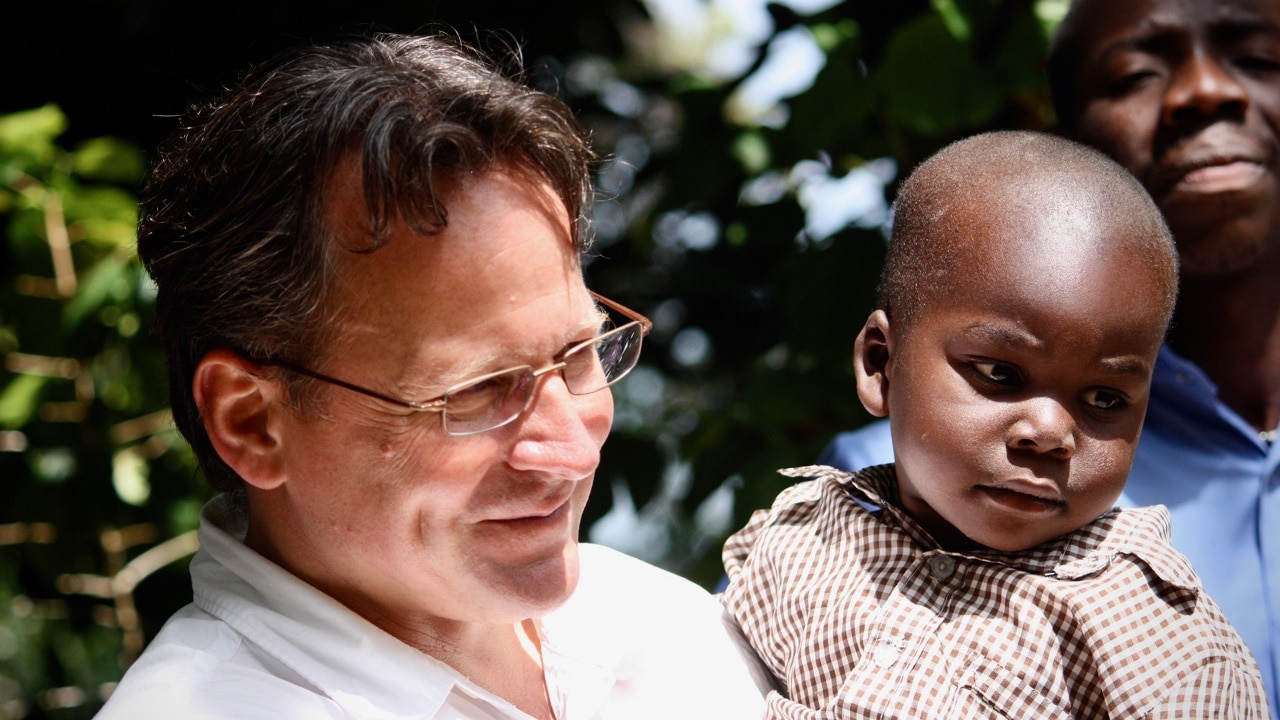
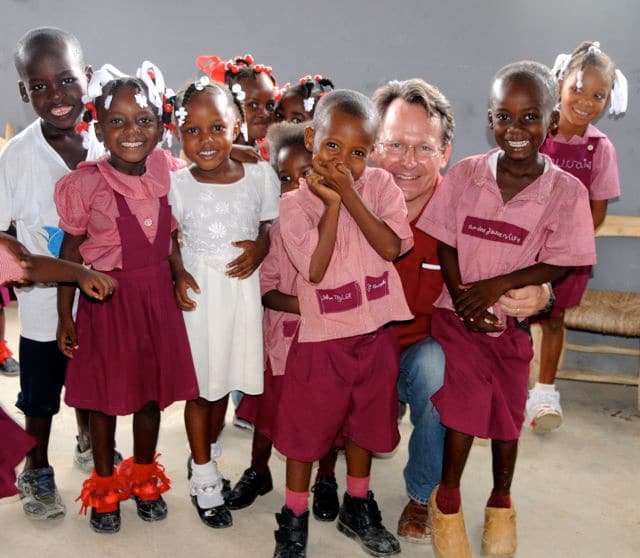
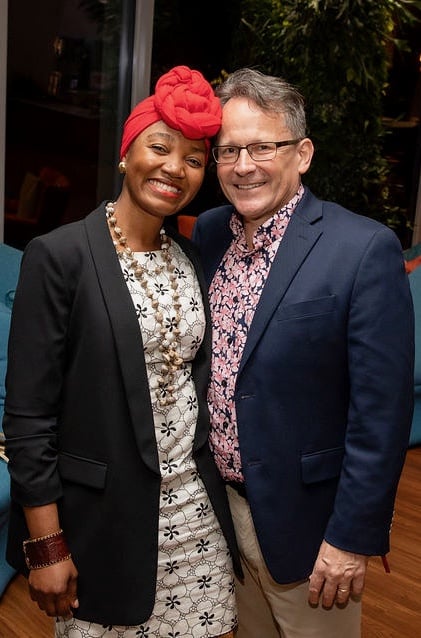
Remembering back to a couple of years after moving to Haiti, I was focused on improving my Haitian-Creole, and I had just moved into a mountain community overlooking Port-au-Prince. I was visiting with three new neighbors: seven-year-old twins Edouard and Steeve and their father, Richard. With my strong American-accented Creole, I asked Edouard and Steeve to be my language teachers. With a grin, Richard grabbed a tree branch and started stripping off the leaves, turning it into a switch. He pointed it at me, then giggled as he handed it to his sons, proclaiming, “If there’s going to be education, there has to be punishment.”
Moments like this taught me how the legacy of slavery and colonization lives on and continues to undermine Haiti through its dysfunctional institutions where top-down, command and control leadership is the norm. I came to believe that for real, sustainable change to happen in Haiti, 1) there has to be an end to neo-colonial policies by the US and other international actors, and 2) there has to be a revolution in how education and leadership are practiced in Haiti. Accomplishing #2 will dramatically increase the capacity to achieve #1.
A NEW EDUCATION FOR A NEW HAITI
We came to realize that education is about more than just helping children learn to read, write, memorize, and recite. Nor is it about fear-based learning. Traditional education in Haiti all too often normalizes violence, social/economic stratification, and the abuse of power. In Haiti and everywhere, in addition to academics, we need schools that help children learn to be more human, respect human dignity, elevate one another, and collaborate effectively with a broad range of people. We need schools where children witness adults being kind, generous, and compassionate and where children experience a sense of belonging and an opportunity to feel purpose. Schools must help students discover their full potential and engage parents and other community members in lifelong learning.
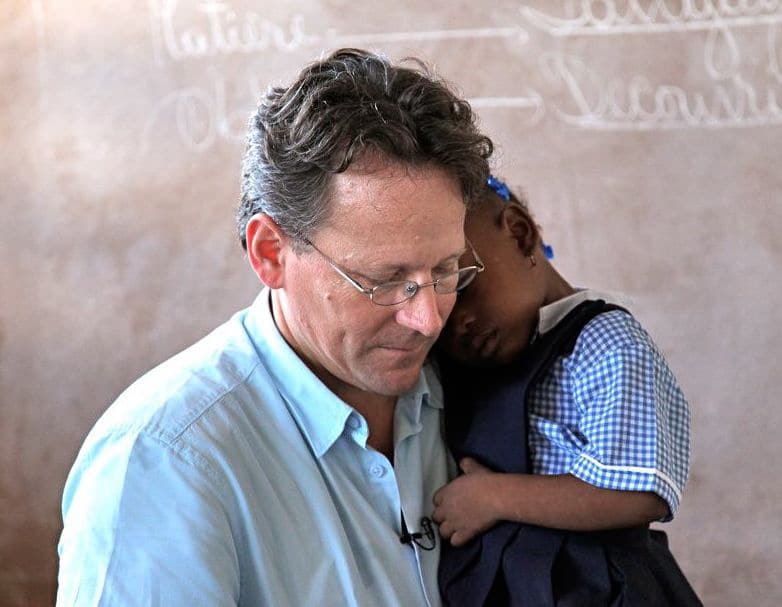
getting work done in mutual respect, partnership, and solidarity. It’s peer-to-peer and relational. Haiti needs education, leadership, and governance that embraces the spirit of konbit instead of the authoritarian form of leadership that characterized Haiti throughout its history.
After training thousands of teachers and leaders over many years in collaborative leadership via open space meetings and discussion-based education, while the impact was very positive, two things became clear in our lives: 1) we needed a different strategy to get more traction. We needed a bigger lever to shape behavior, culture, and, hopefully, society. Working more directly with schools emerged as the answer. And, 2) children in our community didn’t have access to a quality education. Merline learned this firsthand in establishing and working with WOZO Choir, comprised of local children. Our hearts and minds converged on the opportunity of working closely with schools.
In 2009, Merline, I, and several close colleagues narrowed our focus, formed Haiti Partners, and started supporting several primary schools with whom we had relationships through our leadership and discussion-based education training. We also began to explore the possibility of starting a school with our community. Through monthly open meetings, we developed a shared vision with the community of a school model that we felt Haiti and the world needed. The Children’s Academy and Learning Center opened its doors to 25 three-year-old children in September 2012. Today, enrollment in Pre-K through 9th Grade exceeds 400. We’ll continue to add a grade each year until we reach Haiti’s 13th year, Philo. We refer to it as a lekòl konbit, a konbit school. The Children’s Academy’s approach serves as a model to impact other schools, including Haiti Partners’ six partner schools.
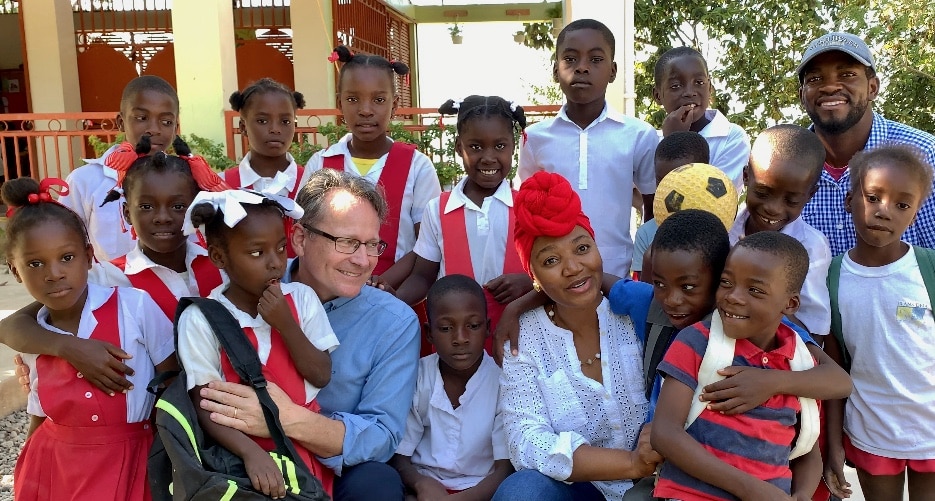
John & Merline together with students at The Children’s Academy
Our English translation for this konbit approach is “school-based community development.” Alongside academic rigor, it integrates families into the school’s life and emphasizes good character and collaboration. Permaculture gardening, a papermaking social business, parents training in earthquake/hurricane resistant construction, and building the school are essential aspects.
JOIN US
We invite you to join us on this journey. Merline’s and my vision with Haiti Partners is to 1) raise awareness and funds to support Haiti Partners’ work far into the future, 2) nurture an entrepreneurial culture at The Children’s Academy, and 3) elevate Haiti with high-quality products that make Haitians proud. Click to learn more about Merline’s Caribbean Hot Sauce and Haiti Partners Greeting Cards.
Haiti Partners
PO Box 7882
Delray Beach, FL 33482
Email: hello@haitipartners.org
Phone: (772) 539-8521